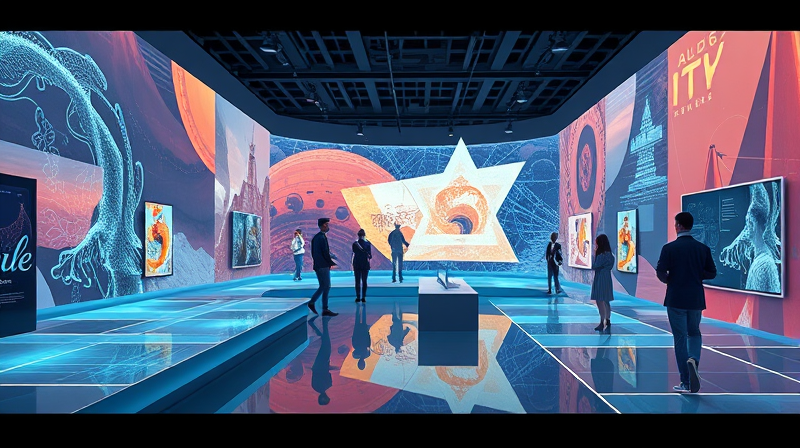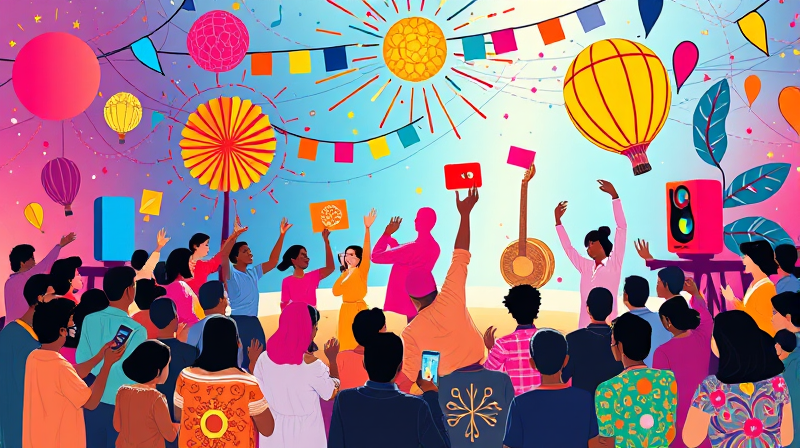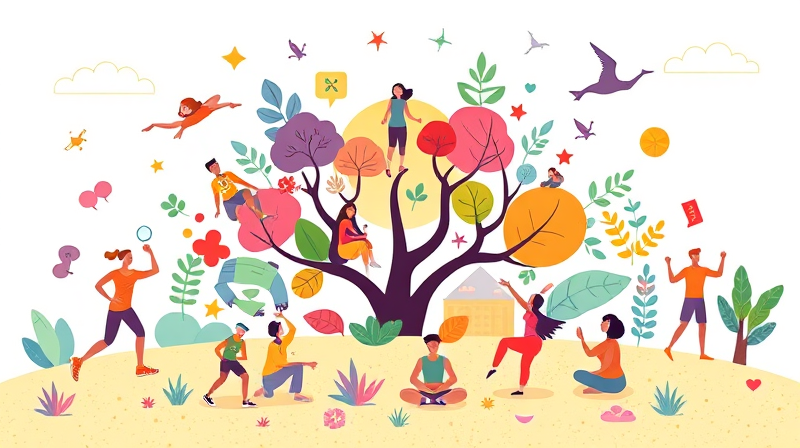Embracing work-life balance has never been more critical than it is today. As modern society evolves, employees are rethinking the boundaries between professional career demands and personal leisure time. In a fast-paced world governed by technology and shifting workplace priorities, achieving harmony is a journey that empowers individuals to flourish both professionally and personally.
Today, the conversation about work-life balance extends beyond traditional after-hours hobbies or weekend escapes. It encompasses a holistic approach to employee wellness, including mental health, flexible work arrangements, and the integration of technology to streamline day-to-day tasks. Understanding and adapting to these elements not only benefits individuals but also fosters a vibrant, innovative work culture.
Redefining Priorities and Embracing Flexibility
The evolution in workplace priorities is evident, as studies show that work-life balance now surpasses salary as the most valued attribute for professionals. With 83% of workers today placing a high premium on a balanced lifestyle, it is clear that maintaining harmony has become a fundamental goal. Organizations are now challenged to design policies that cater to an employee’s need for rejuvenation and personal time.
One of the most significant shifts in the modern workplace is the realization of the value of flexible work arrangements. With the increasing expectation that employees have the freedom to choose how, where, and when they work, businesses have begun to implement strategies that accommodate remote work and adaptable schedules. This approach not only enhances productivity but also ensures that employees are empowered to integrate their professional tasks with personal commitments.
- Remote Work Options: With the rise of technology, companies have witnessed a dramatic increase in their remote workforce. The ability to work from different locations fosters a sense of independence and creative freedom.
- Flexible Hours: Allowing employees to choose their working hours helps in managing energy levels and maintaining personal responsibilities.
- Mental Health Initiatives: Prioritizing mental well-being through comprehensive programs can lead to significantly reduced stress and burnout.
As employees now demand balanced lifestyles, organizations are investing in the infrastructure that supports this need. Embracing these flexible practices creates an environment where creativity and efficiency thrive hand in hand with personal growth and happiness.
Leveraging Technology and Supporting Well-Being
Technology has been a game changer in promoting efficient work practices, and its integration has proven pivotal in bolstering work-life balance. Advances in artificial intelligence (AI) have revolutionized the way executives and managers approach daily challenges. The incorporation of AI-powered tools not only reduces mundane tasks but also enhances productivity, giving employees more time for their passions and personal well-being.
This balance is further strengthened by structured well-being programs that address mental health, regular stress management workshops, and clear communication channels for personal and professional growth. These initiatives play a crucial role in enabling employees to manage pressure while continuing to progress in their careers.
Recognizing the different needs of a multi-generational workforce is also an essential component of this shift. Generational differences in expectations about flexibility underscore the need for adaptable policies that resonate with everyone—from Gen Z to Gen X. Harnessing these insights can lead to innovative employment practices that not only attract talent but also cultivate loyalty and passion among employees.
Addressing Challenges and Moving Toward a Balanced Future
While the benefits of a well-integrated work-life balance are undeniable, challenges still remain. A significant number of professionals report struggling to find equilibrium amid heavy workloads and tight deadlines. In fact, many have experienced workplace burnout, underlining the urgency for systemic changes that support long-term well-being.
Companies that are willing to re-evaluate existing practices and implement proactive measures stand to gain in more ways than one. By investing in policies that emphasize flexibility and employee care, organizations can unlock a reservoir of creativity and drive. This not only boosts overall productivity but also enhances employee satisfaction and retention.
The future of work undoubtedly leans toward more flexible, balanced, and digitally integrated environments. With many professionals now prioritizing remote work options and flexible scheduling, organizations have a unique opportunity to reshape hiring and retention strategies. The emphasis on diverse preferences and holistic development signals a shift in how the workplace is perceived and experienced.
Ultimately, the journey to balancing work and life is a continuous process of adaptation and growth. Whether it's through the smart use of technology, a deeper commitment to mental health, or a reimagined approach to everyday responsibilities, the path forward is paved with opportunities. Striking the right balance not only empowers individuals to achieve their professional dreams but also encourages a more fulfilling, enriched personal life.
As we move closer to a future where flexibility meets innovation, it is essential to remember that every step towards a better balance is a step toward a more prosperous and inspiring life. Embracing change and prioritizing our well-being lies at the very heart of sustainable success and happiness.







